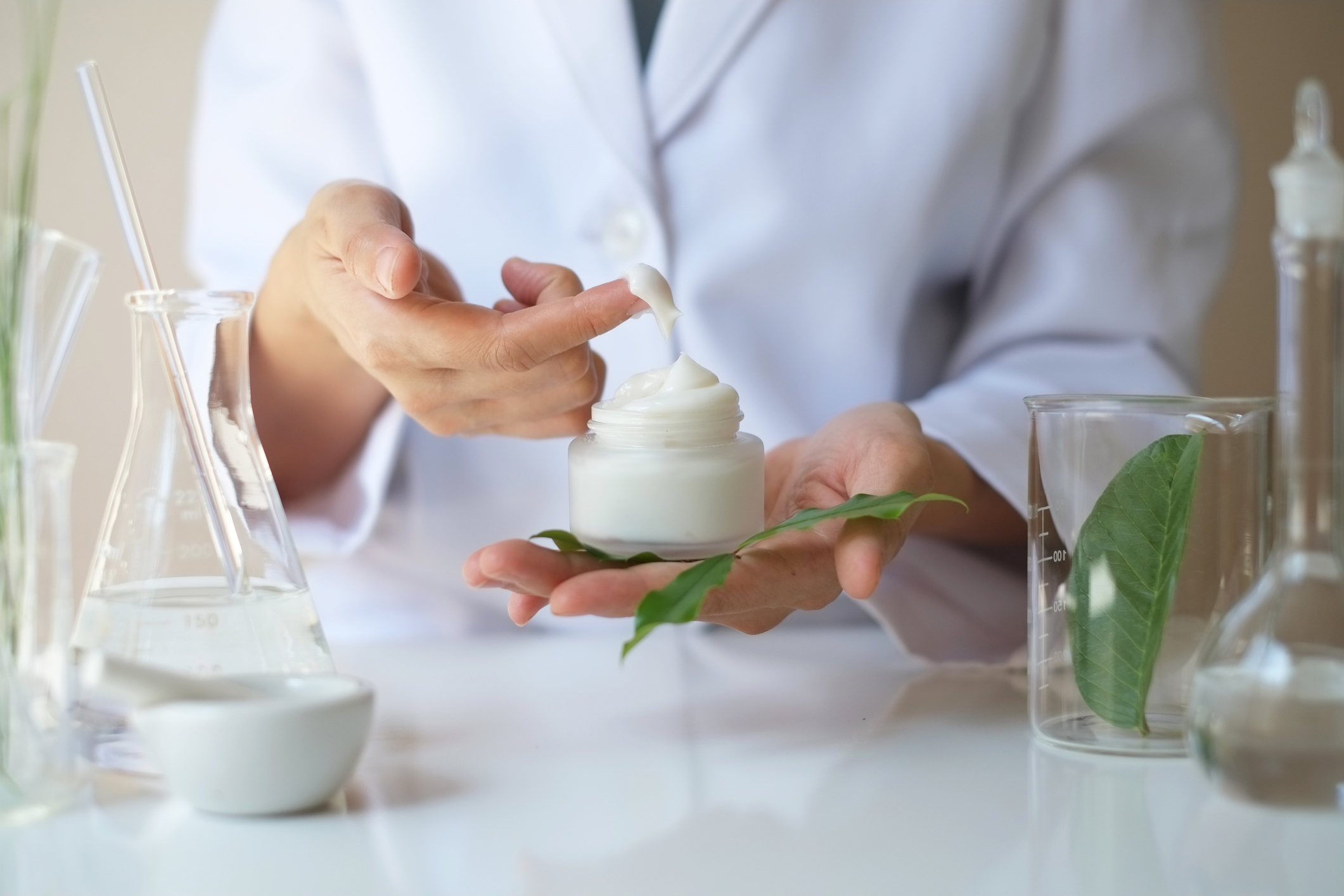Cosmetic products have been regulated by Regulation (EC) n°1223/2009 of the European Parliament and of the Council of November 30, 2009 on cosmetic products since July 11, 2013, known as the “Cosmetics Regulation”. The annexes to this regulation are regularly updated by European Commission regulations.
The Cosmetics Regulation lays down rules to be met by any cosmetic product placed on the market, in order to guarantee the functioning of the internal market and ensure a high level of human health protection.
Definition of a cosmetic product :
A cosmetic product is defined by three cumulative criteria:
Its form: it can only be a substance or a mixture of substances;
Its area of application: the product must be intended to come into contact with the superficial parts of the human body (epidermis, hair and capillary systems, nails, lips and external genitalia) or with the teeth and oral mucosa.
Purpose: the product is applied mainly or exclusively to clean, perfume, modify the appearance of, protect or maintain in good condition these parts of the human body, or to correct body odors.
Moreover, in some cases it is difficult to know whether a product falls into the definition of a cosmetic product or into another product category (biocide, pharmaceutical, food, etc.).
The cosmetics regulation:
Its primary objective is to guarantee consumer safety. Rules exist to control the composition of products, the way in which they are manufactured and marketed, to ensure that consumers are informed so that they can use the product correctly, and also to identify any undesirable effects and rapidly withdraw a defective or counterfeit product from the market.
These regulations apply equally in the 27 countries of the European Union and in 3 countries of the European Free Trade Association (EFTA – Norway, Iceland, Liechtenstein), and also concern all cosmetic products imported into the territory of the European Union. Thanks to these regulations and the commitment of manufacturers, a cosmetic product is necessarily safe for human health.
In addition to the designation of the responsible person, the requirements prior to the marketing of a cosmetic product include the following:
– Cosmetic product composition
– Manufacturing
– Preparation of the cosmetic product information file (DIP)
– Labeling rules for containers and packaging
– Declaration of establishment to ANSM
– Notification to the European Commission
Cosmetic product controls :
Cosmetic products are not subject to pre-market authorization, but the person responsible must guarantee that the products placed on the market are safe for human health when used under normal or reasonably foreseeable conditions of use.
Member States shall monitor compliance with the Cosmetics Regulation by carrying out appropriate checks on cosmetic products placed on the market.
In particular, they may :
– examine the product information file (PIF).
– carry out physical checks.
– carry out laboratory tests on the basis of relevant samples. They also monitor compliance with the principles of Good Manufacturing Practice (GMP).
In France, cosmetics market surveillance is carried out by the DGCCRF.
Sources
Document: REGULATION (EC) No 1223/2009 OF THE EUROPEAN PARLIAMENT AND OF THE COUNCIL of November 30, 2009 on cosmetic products;
https://www.febea.fr/article-ingredient/la-reglementation-cosmetique
https://ansm.sante.fr/documents/reference/reglementation-des-produits-cosmetiques


